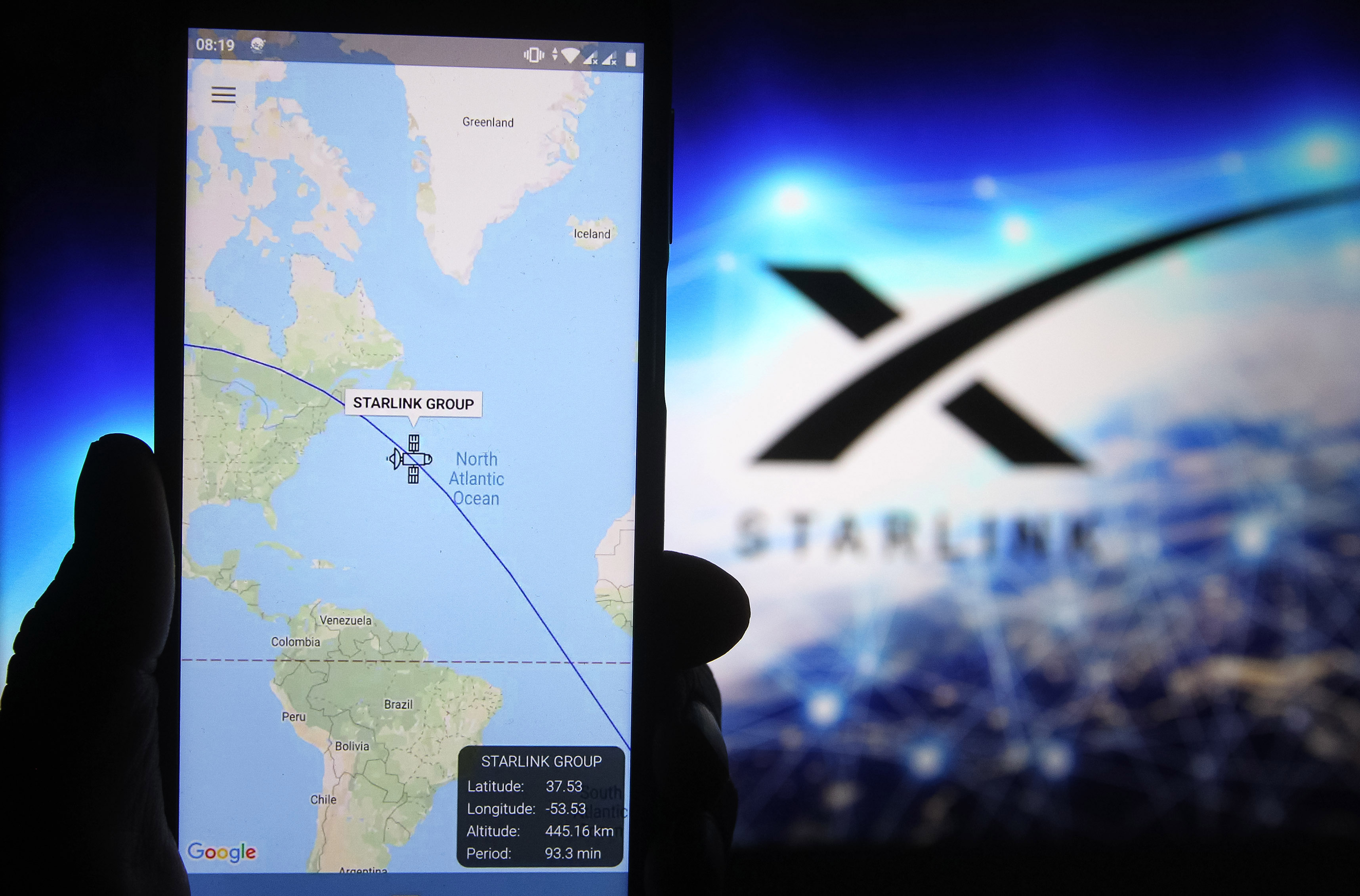
Elon Musk has confirmed via Twitter that Starlink is aiming to exit beta this summer, bringing along with it better service, improved bandwidth and latency.
The tweets come in reply to an article posted by CNBC's space reporter Michael Sheetz. He recently did a survey of 50 Starlink users and found that most users had generally positive things to say about Elon Musk's satellite internet constellation.
- Starlink internet coverage, cost, speed and everything you need to know
- See our full Starlink review
If Starlink's rollout goes according to plan, then in the next three-to-five months, users from most of the globe should be able to buy a $500 Starlink starter kit and get connected.
This is accurate. Service uptime, bandwidth & latency are improving rapidly. Probably out of beta this summer.April 15, 2021
Musk also confirmed that it will be possible to move Starlink Dishy McFlatface satellite dishes while on the go. This is especially good for people who live in RVs or mobile tiny homes. It will even be possible to stay connected while in motion.
Yeah, should be fully mobile later this year, so you can move it anywhere or use it on an RV or truck in motion. We need a few more satellite launches to achieve compete coverage & some key software upgrades.April 15, 2021
At the moment, when setting up a Dishy McFlatface, it has to be positioned in what Starlink calls "cells." According to the Starlink FAQ, these are designated areas on the ground. "If you move your Starlink outside of its assigned cell, a satellite will not be scheduled to serve your Starlink and you will not receive internet. This is constrained by geometry and is not arbitrary geofencing."
Clearly then, engineers at Starlink are working on a system to allow people to move dishes with greater flexibility.
But just because Starlink may exit beta sometime this summer does not mean its satellite constellation will be complete. At the moment, Starlink has sent up 1,443 satellites into orbit, launching on average 60 new satellites every two weeks.
Sign up to get the BEST of Tom's Guide direct to your inbox.
Get instant access to breaking news, the hottest reviews, great deals and helpful tips.
SpaceX is planning on sending a total of 12,000 satellites into low-Earth orbit (LEO) by 2030. That many satellites would greatly improve global coverage. While 12,000 satellites seems like an ambitious target, SpaceX has even loftier plans. It's already petitioned the FEC to approve 30,000 additional satellites, bringing the future total to 42,000. Although, as was evidenced on April 9, it could greatly increase the chance of potential collisions.
Even then, by this summer, Starlink wouldn't have true global coverage. It would likely cover latitudes between the 55th parallel north and 55th parallel south. This is where most of the inhabited global population resides. It would include a range encompassing the northern border of Germany to the southern border of Argentina. This range does not include the Nordic countries, much of northern rural Russia, Greenland, Iceland and Antarctica.
- More: These are the best Wi-Fi routers available right now
Imad is currently Senior Google and Internet Culture reporter for CNET, but until recently was News Editor at Tom's Guide. Hailing from Texas, Imad started his journalism career in 2013 and has amassed bylines with the New York Times, the Washington Post, ESPN, Wired and Men's Health Magazine, among others. Outside of work, you can find him sitting blankly in front of a Word document trying desperately to write the first pages of a new book.

